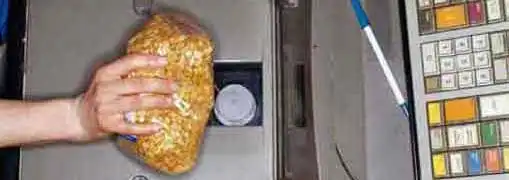Point of Sale Equipment
What To Look For When Buying a Receipt Printer
It's hard to imagine a retail or hospitality business that doesn't offer customers a quality receipt. That's because point of sale (POS) receipt printers have made great receipts a no-brainer. Here's what you need to know . . .
Receipt printing ability is an essential feature of an effective POS system.
If your solution is incapable of providing legible, high-quality receipts, your customers will be dissatisfied and your front end personnel will lose the ability to function efficiently. A low-end or ill-suited receipt printer will inevitably result in a frustrating purchase experience for everyone involved.
Receipt printers are designed to connect to a computer through a cable interface and receive data from your POS software application. Data is subsequently interpreted through the receipt printer's device driver and is then printed, often in duplicate, with a printed record for both your business and the customer.
According to Cashier Live, the POS industry's leading online POS software provider, the receipt printer is the most critical hardware requirement of the entire POS system since a quality receipt is what matters most to customers. There are a lot of things to consider when evaluating POS receipt printers. Here are some of the factors to keep in mind during the purchasing process.
- Software requirements & device drivers. Some software drivers will only function effectively with specific receipt printing devices. Before you purchase a receipt printer, make sure it is compatible with your POS operating system. If you are replacing your current receipt printer, you don't necessarily need to stick with the same brand. Some printers, e.g. POS-X receipt printers, are designed to emulate other brands, although brand changes may require advanced manufacturer support.
- Cable interfaces. There are a variety of ways through which receipt printers connect to your computer. Serial, Parallel, USB, and Ethernet are the most common connections. Understanding the types of connections that are available and the one that is most suited to your POS system is vital for any receipt printer purchase.
- Receipt cutting. Your customers expect a receipt printer is capable of providing a clean cut. Both manual tearing and automatic cutting options are available. Whichever one you choose, test your printer's cutting ability before you put it into service for your business.
- Other considerations. Duplicate printing, printer noise, speed and color capabilities are other things to consider in a receipt printer purchase. Solicit input from your store clerks about which factors are most important for maintaining efficient workflows.
Share this article
Additional Resources for Entrepreneurs




Conversation Board
We greatly appreciate any advice you can provide on this topic. Please contribute your insights on this topic so others can benefit.